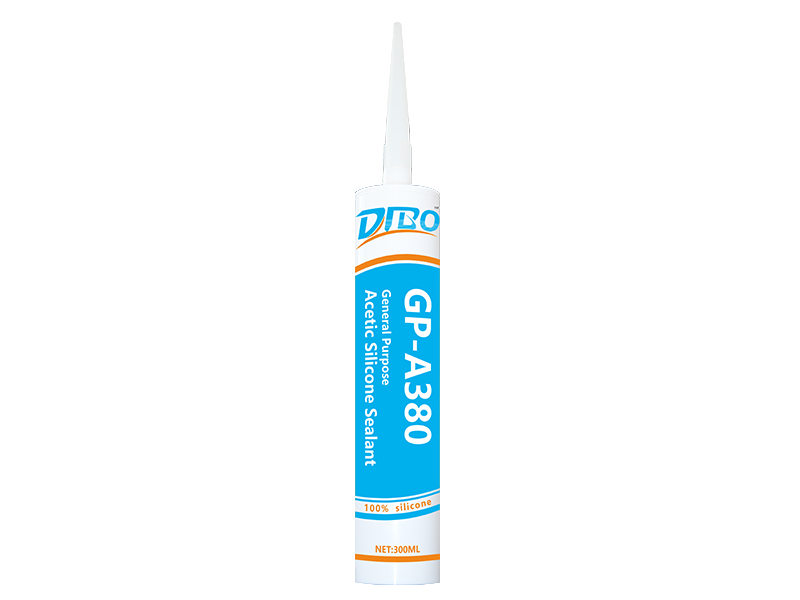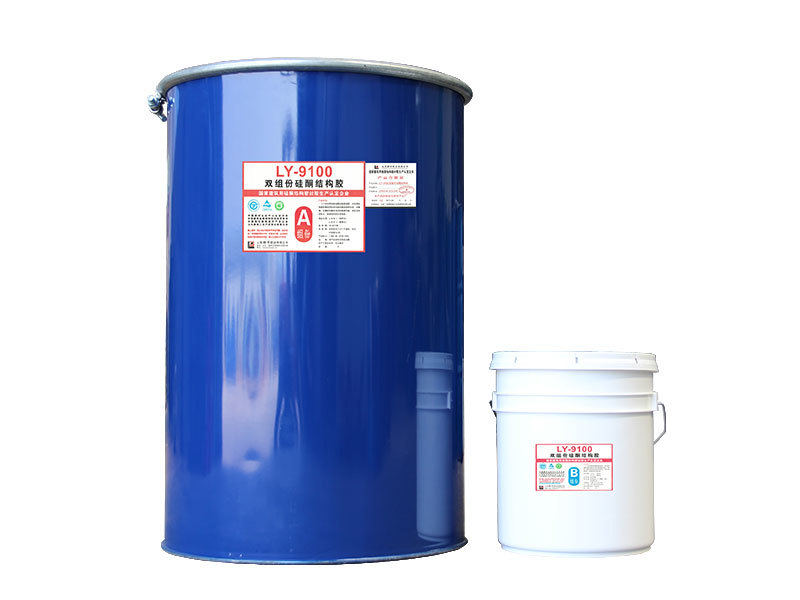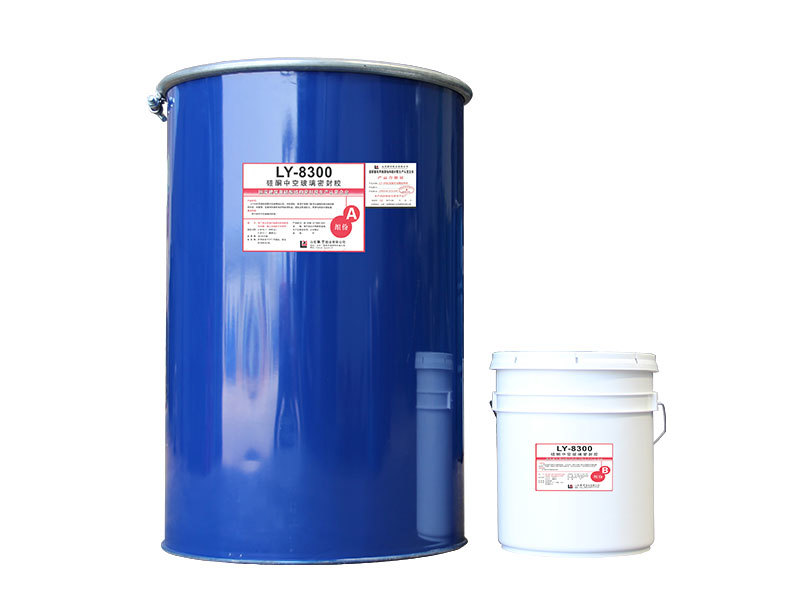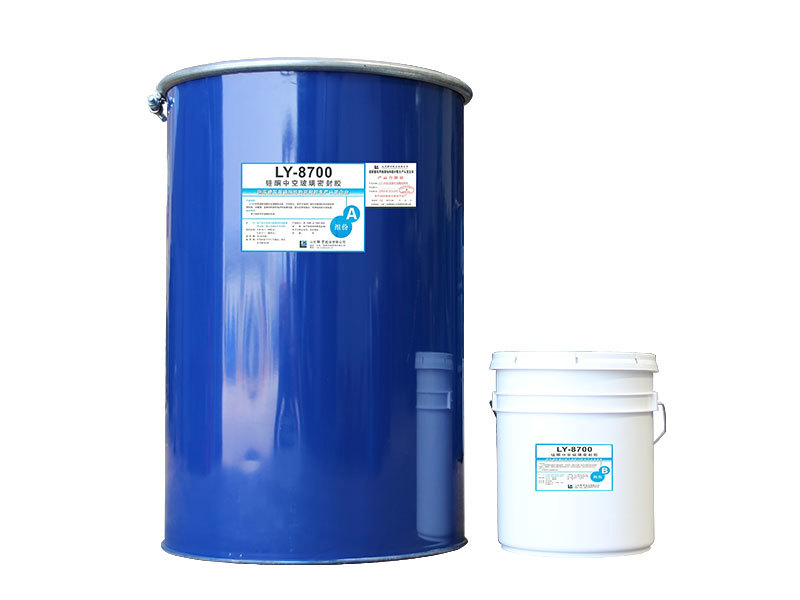Why Acetic Silicone Sealant is a Game-Changer for Construction Projects
Upload Time:
2025-02-09
Why Acetic Silicone Sealant is a Game-Changer for Construction Projects Table of Contents 1. Introduction to Acetic Silicone Sealant 2. Key Properties of Acetic Silicone Sealant 2.1 Flexibility and Durability 2.2 Temperature Resistance 2.3 Water and Moisture Resistance 3. Applications in Construction 3.1 Residential Projects 3.2 Commercial Projects 3.3 Industrial Applications 4

Why Acetic Silicone Sealant is a Game-Changer for Construction Projects
Table of Contents
1. Introduction to Acetic Silicone Sealant
2. Key Properties of Acetic Silicone Sealant
2.1 Flexibility and Durability
2.2 Temperature Resistance
2.3 Water and Moisture Resistance
3. Applications in Construction
3.1 Residential Projects
3.2 Commercial Projects
3.3 Industrial Applications
4. Environmental Impact and Safety Considerations
5. Comparison with Other Sealants
5.1 Acetic vs. Neutral Silicone Sealants
5.2 Acetic vs. Polyurethane Sealants
6. How to Use Acetic Silicone Sealant Effectively
6.1 Surface Preparation
6.2 Application Techniques
7. Frequently Asked Questions (FAQs)
8. Conclusion
1. Introduction to Acetic Silicone Sealant
Acetic silicone sealant has emerged as a revolutionary product in the construction industry, providing unmatched bonding and sealing capabilities. Unlike traditional sealants, acetic silicone is characterized by its unique chemical composition, making it ideal for a wide variety of applications. This sealant is particularly known for its acetic acid curing system, which sets it apart from neutral silicone sealants, offering distinctive advantages in both performance and versatility.
2. Key Properties of Acetic Silicone Sealant
Understanding the fundamental properties of acetic silicone sealant is essential for appreciating its role in construction projects. Here are some of its most notable attributes:
2.1 Flexibility and Durability
One of the standout features of acetic silicone sealant is its remarkable flexibility. This material can expand and contract with building movements, ensuring long-lasting seals that do not compromise over time. Acetic silicone maintains its integrity even under stress, making it ideal for structures that experience thermal expansion and contraction.
2.2 Temperature Resistance
Acetic silicone sealant can withstand extreme temperatures, from -60°C to +200°C. This thermal resilience makes it suitable not only for interior applications but also for exterior use in harsh weather conditions. Its stability under thermal stress is crucial for ensuring that seals remain intact regardless of environmental changes.
2.3 Water and Moisture Resistance
Another critical property is its excellent water resistance. Acetic silicone is impervious to moisture, reducing the risk of mold, mildew, and deterioration in construction areas exposed to water. This feature is particularly beneficial in bathrooms, kitchens, and areas prone to high humidity.
3. Applications in Construction
Acetic silicone sealants are widely used across various sectors of construction. Here are some prominent applications:
3.1 Residential Projects
In residential construction, acetic silicone is commonly used for sealing windows, doors, and roofing systems. Its durability can withstand the test of time, ensuring that homes remain protected against the elements.
3.2 Commercial Projects
Commercial buildings often require high-performance materials capable of handling larger structural movements. Acetic silicone sealants are ideal for curtain walls, storefronts, and other commercial applications where aesthetics and functionality are paramount.
3.3 Industrial Applications
In industrial settings, acetic silicone sealants find their niche in machinery and equipment that require reliable sealing. They are also used in manufacturing processes, where they provide essential protection against chemical exposure and moisture infiltration.
4. Environmental Impact and Safety Considerations
As concerns about environmental safety grow, understanding the ecological footprint of construction materials becomes vital. Acetic silicone sealant is generally low in volatile organic compounds (VOCs), making it a more environmentally friendly choice compared to many traditional sealants. However, it is important to handle it with care, as the acetic acid released during curing can be irritative. Proper ventilation and personal protective equipment are recommended during application.
5. Comparison with Other Sealants
When choosing a sealant for construction projects, comparing acetic silicone with other options is crucial for making an informed decision.
5.1 Acetic vs. Neutral Silicone Sealants
While both acetic and neutral silicone sealants offer excellent adhesion, acetic silicone is typically more effective in structural applications due to its superior bonding properties. Conversely, neutral silicone sealants are less pungent and can be applied in situations where odor is a concern.
5.2 Acetic vs. Polyurethane Sealants
Polyurethane sealants boast high durability and flexibility but can be more challenging to apply and cure. Acetic silicone, on the other hand, is easier to work with and cures faster, making it a more practical choice for many construction applications.
6. How to Use Acetic Silicone Sealant Effectively
To maximize the benefits of acetic silicone sealant, proper application is essential. Here are key steps to ensure effective use:
6.1 Surface Preparation
Before application, surfaces must be clean, dry, and free from dust, grease, or old sealant residues. A clean surface ensures optimal adhesion, enhancing the overall performance of the sealant.
6.2 Application Techniques
When applying acetic silicone sealant, use a caulking gun for precise and uniform bead application. It is important to apply enough pressure to ensure the sealant penetrates any gaps while maintaining a smooth finish. A wet finger or tool can be used to smooth the bead for a professional appearance.
7. Frequently Asked Questions (FAQs)
**Q1: Is acetic silicone sealant suitable for outdoor use?**
Yes, acetic silicone sealant is highly suitable for outdoor applications due to its weather resistance and ability to withstand UV exposure.
**Q2: How long does acetic silicone sealant take to cure?**
Acetic silicone typically cures within 24 hours, but full adhesion strength may take longer depending on environmental conditions.
**Q3: Can acetic silicone sealant be painted over?**
No, acetic silicone sealant cannot be painted over. It is advisable to select a color that matches your project needs before application.
**Q4: What are the storage conditions for acetic silicone sealant?**
Store acetic silicone sealant in a cool, dry place, away from direct sunlight to maintain its properties.
**Q5: Can acetic silicone sealant be used in areas exposed to high humidity?**
Absolutely! Acetic silicone sealant is water-resistant and ideal for high-humidity environments such as bathrooms and kitchens.
8. Conclusion
In conclusion, **acetic silicone sealant** stands out as a **game-changer** in the construction industry, offering unparalleled flexibility, durability, and moisture resistance. Its wide range of applications, from residential homes to industrial settings, highlights its versatility and reliability. By understanding its properties and adhering to proper application techniques, construction professionals can leverage the full potential of acetic silicone sealants, ensuring their projects are built to last. As the industry continues to evolve, embracing innovative materials like acetic silicone will undoubtedly shape the future of construction.
Relevant News




